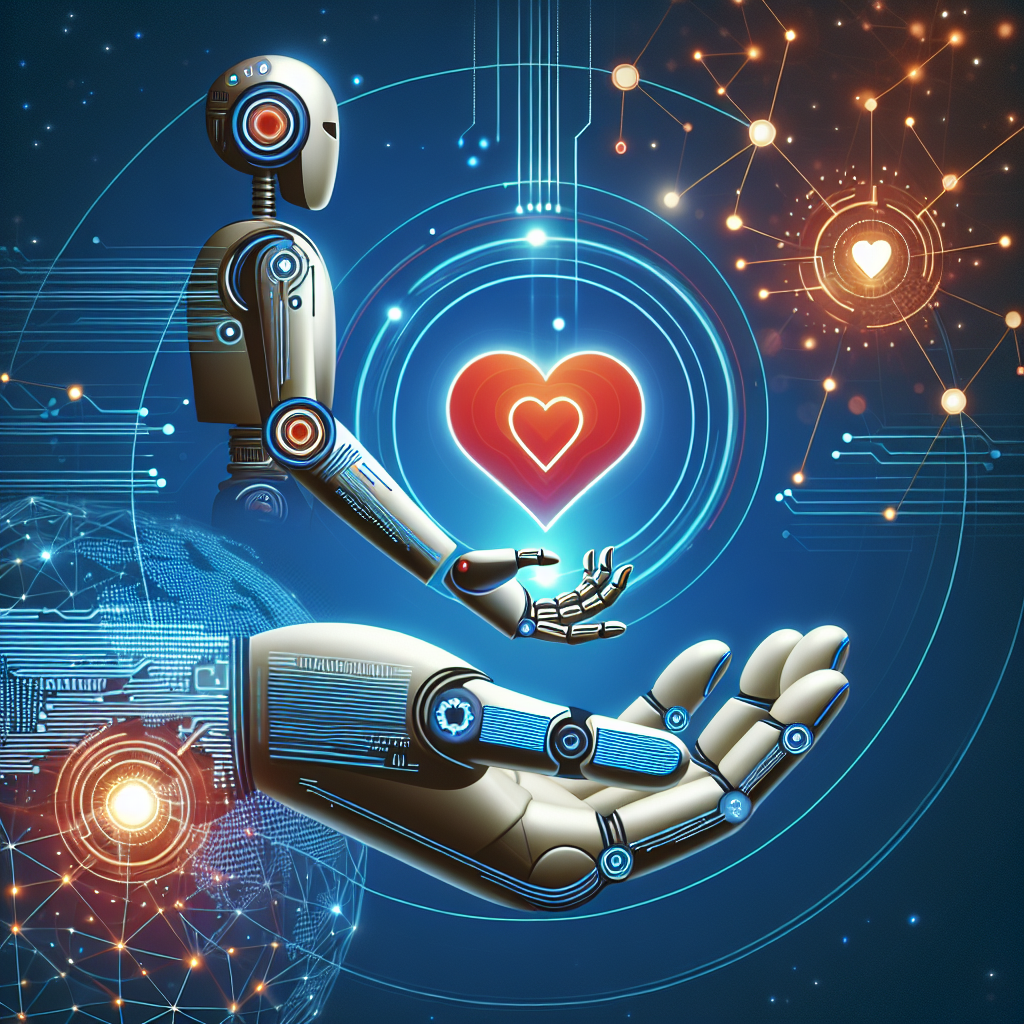AI-Powered Philanthropy: Changing the Way We Give Back
Philanthropy has long been a cornerstone of society, with individuals and organizations giving back to those in need through charitable donations and volunteer work. However, the landscape of philanthropy is rapidly evolving, thanks in large part to advances in artificial intelligence (AI) technology. AI-powered philanthropy is changing the way we give back, making it easier, more efficient, and more impactful than ever before.
What is AI-Powered Philanthropy?
AI-powered philanthropy refers to the use of artificial intelligence technology to enhance and streamline the process of giving back. This can take many forms, from using AI algorithms to identify areas of need and target donations more effectively, to using AI chatbots to engage with donors and provide them with personalized giving options.
One of the key advantages of AI-powered philanthropy is its ability to process large amounts of data quickly and accurately. By analyzing data on social issues, demographics, and donor preferences, AI can help philanthropic organizations make more informed decisions about where to allocate resources and how to maximize the impact of their giving.
Another key benefit of AI-powered philanthropy is its ability to personalize the giving experience for donors. By using AI algorithms to analyze donor behavior and preferences, organizations can provide donors with more tailored giving options that resonate with their values and interests. This can help increase donor engagement and loyalty, leading to more sustainable and impactful giving over time.
How AI is Changing the Landscape of Philanthropy
AI is revolutionizing the way philanthropic organizations operate, enabling them to do more with less and maximize the impact of their giving. Here are some of the ways AI is changing the landscape of philanthropy:
1. Targeted Giving: AI algorithms can analyze data on social issues, demographics, and donor preferences to identify areas of need and target donations more effectively. This allows organizations to focus their resources where they will have the greatest impact, leading to more meaningful and sustainable change.
2. Personalized Giving: AI algorithms can analyze donor behavior and preferences to provide donors with more tailored giving options that resonate with their values and interests. This personalized approach can help increase donor engagement and loyalty, leading to more impactful giving over time.
3. Automated Processes: AI-powered chatbots can engage with donors in real-time, providing them with personalized giving options and answering any questions they may have. This automation can help organizations save time and resources, allowing them to focus on their core mission of giving back.
4. Predictive Analytics: AI algorithms can analyze data on donor behavior and trends to predict future giving patterns and identify opportunities for growth. This predictive analytics can help organizations optimize their fundraising strategies and maximize the impact of their giving.
5. Fraud Detection: AI algorithms can analyze donor data to detect fraudulent activity and prevent unauthorized transactions. This can help protect organizations from financial loss and maintain the trust of their donors.
FAQs
Q: How does AI-powered philanthropy benefit donors?
A: AI-powered philanthropy benefits donors by providing them with more personalized giving options that resonate with their values and interests. This can help increase donor engagement and loyalty, leading to more impactful giving over time.
Q: How can organizations implement AI-powered philanthropy?
A: Organizations can implement AI-powered philanthropy by partnering with AI technology providers or developing their own AI solutions in-house. They can also leverage AI-powered platforms and tools to streamline their giving processes and maximize the impact of their donations.
Q: Is AI-powered philanthropy cost-effective?
A: Yes, AI-powered philanthropy can be cost-effective for organizations in the long run, as it can help them save time and resources by automating processes, targeting donations more effectively, and optimizing their fundraising strategies.
Q: What are some examples of AI-powered philanthropy in action?
A: Some examples of AI-powered philanthropy in action include using AI algorithms to analyze data on social issues and target donations more effectively, using AI chatbots to engage with donors in real-time, and using predictive analytics to optimize fundraising strategies.
In conclusion, AI-powered philanthropy is changing the way we give back, making the process more efficient, impactful, and personalized than ever before. By leveraging AI technology, philanthropic organizations can target donations more effectively, engage with donors more efficiently, and maximize the impact of their giving. As AI continues to advance, the potential for AI-powered philanthropy to drive positive change in the world is limitless.

